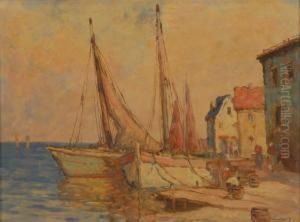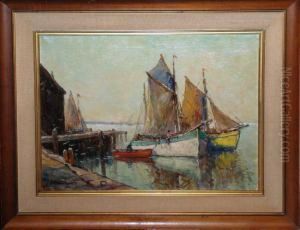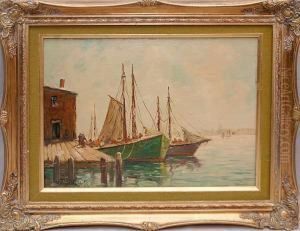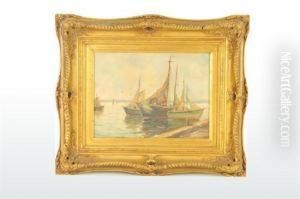William, Ward Jnr. Paintings
William Ward Jr. was a significant English engraver and artist born in 1766. He was part of a family deeply involved in the arts, being the son of James Ward, a well-known engraver, and the brother of James Ward, a painter who was considered one of the outstanding animal painters of his time. William Ward Jr. himself was best known for his work as an engraver.
Ward was apprenticed to John Raphael Smith, a mezzotint engraver and painter, and quickly mastered the mezzotint technique, which involves creating images from engraved copper or steel plates. He became famous for his reproductions of the works of notable painters of the time, such as George Morland, whose pastoral and genre scenes he frequently translated into prints. These prints were highly popular and contributed to the spread of Morland's fame as well as his own.
Throughout his career, William Ward Jr. worked extensively as a printmaker, creating mezzotints that captured the subtle gradations of light and shade characteristic of the paintings he reproduced. His skillful work contributed to the popularity of mezzotint engravings in England during the late 18th and early 19th centuries. He was appointed engraver to the Duke of York and to the Prince of Wales, who later became King George IV, which was a significant honor and testimony to his artistic reputation.
William Ward Jr. died in 1826, leaving behind a legacy of work that remains appreciated by collectors and art historians. His engravings are notable for their technical proficiency and their ability to convey the painterly qualities of the original works of art. While less is known about his personal life compared to his professional achievements, his contributions to the art of mezzotint engraving have made him an important figure in the history of British printmaking.



